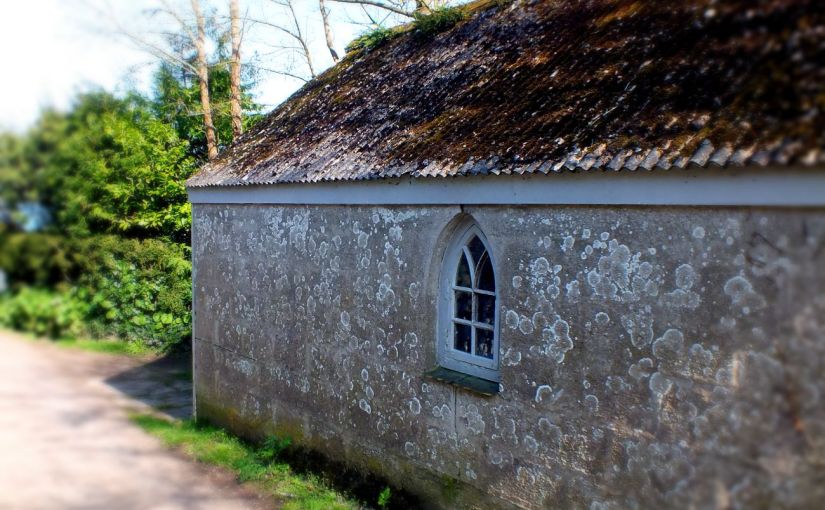A while ago I posted a photo of lichens. The yolk-yellow ones Caloplaca marina you find at the coast on rocks and walls and roofs of houses. My camera was drawn to the patterns and the textures and the way that no two are identical. I then noticed other lichens including the grey/olive-green ones growing on the sides of trees (which tell you that this is north-facing – as they prefer darker conditions, although if you live in the southern hemisphere this would be south-facing, and if you are in a rain-forest it won’t make any difference… OK, enough, I’ll let you find out about them yourselves if you are interested and it is probably safer to carry a compass than to rely on lichens in a forest if you get lost)

Suffice to say that lichens are living organisms and there are several types. The yolk-yellow crusty ones are crustose, and some are crustose placodioid as the pattern spreads out from the centre like those blue-grey ones; those on trees tend to be foliose or fruticose, the latter being like a mini shrub. And then you get the dusty powder sort that you find on rocks which is called leprose lichen.







Truly amazing. Who would have though lichen would be this interesting. Wow. Awesome photos, Jude. ❤ ❤
I love them and had no idea there were so many – but who makes a career out of cataloguing such things???
Well, I suppose it is just the same as plant taxonomy which is the science that finds, identifies, describes, classifies, and names plants. How one gets such a job I have no idea!
hope you do not mind me chiming in here- but I think that sometimes Botanists are hired by governments to explore, label, and record wildlife like this- and then other times people just end up exploring this – for example, the artist Audubon helped with bird record keeping and then there was another guy who labeled more butterflies – as a hobbyist – than some pros did. or like you, sometimes an astute photographer helps…
Chime in all you like 🙂 I love it when people join in the conversation and offer explanations and opinions. Thanks for this Yvette.
thanks – 🙂 and I wish I could recall the guy’s name for the butterflies – but thanks to him – and his hobby- the butterfly area took off. thanks again for the reception. ha!
Cool, and I agree their patterns and colour are striking. Did you have to go through contortions to get any of the rock ones?
Thanks Karen, and no, all the rocks were easily accessible. I don’t do mountain climbing, unlike the person below 😉
Wonderful textures rich with colour and pattern. Gorgeous!
The colours attracted me initially until I realised how interesting the texture and patterns are, then I started noticing that the stuff on trees is equally pretty.
what a beautiful find Jude – I did not realize there were more than 20,000 species – hope your hunt for more goes well 🙂
Well I doubt I shall find that many, but I will look harder when I am out and about.
I still do like that zingy yellow 🙂 And a navigational aid too! Brilliant! Please don’t start a lichens challenge, Jude. It will slow my walks down even more 🙂
Haha… I don’t think I shall start any more challenges Jo! They become quite addictive! Though I was thinking of a travel one based on a landmark, icon, place but it might be too much trouble 😉
Sounds interesting 🙂
You are such a mine of information Jude it adds so much to your vibrant and colourful photos to know a little more about them and WOW 20,000 species, that would take life time to find and photograph. These ones you have found are beautiful in both colour and texture.
Thanks PP. I will keep an eye out for more…
Good
I’m never tired of looking at lichens 🙂
Thanks for the lesson in lichens, Jude. I’ll never remember any of it, but maybe I can use this as a reference. 🙂
😀